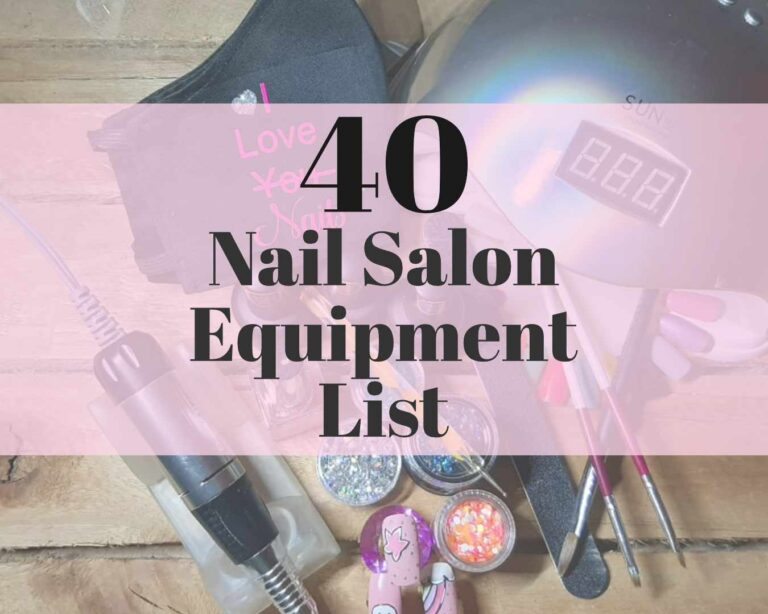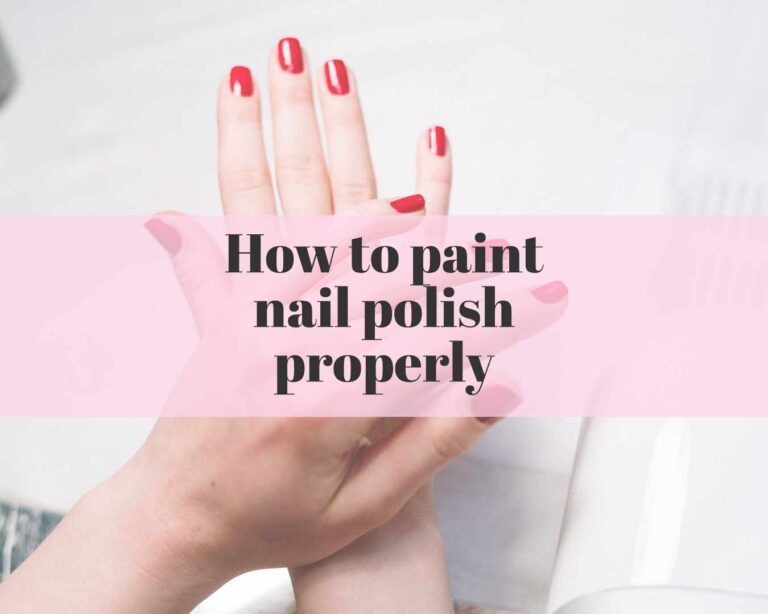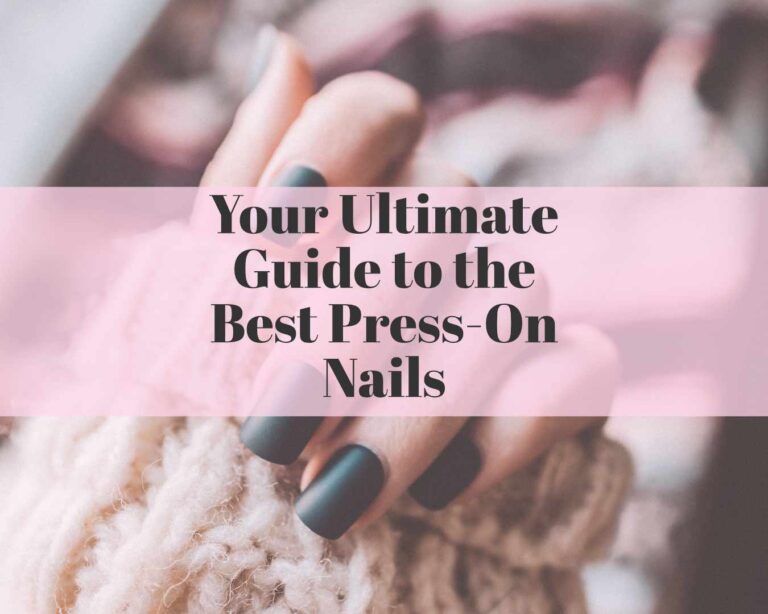
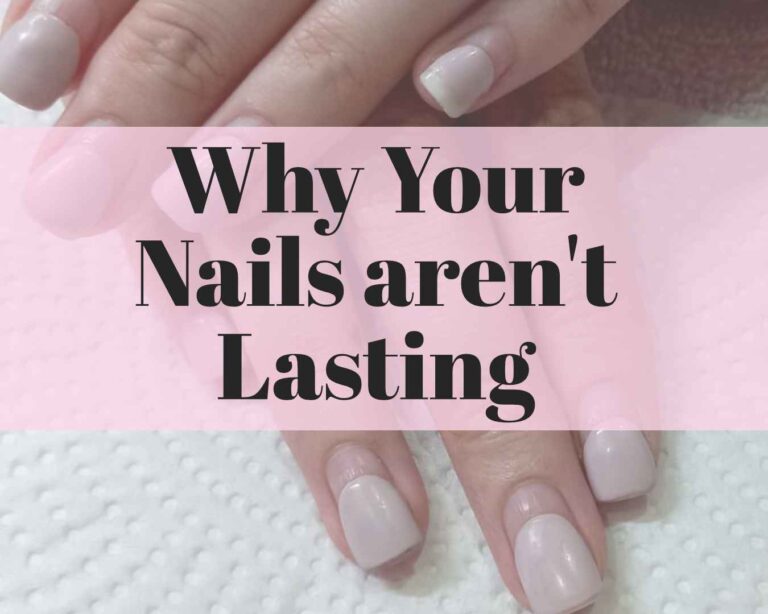
Acrylic Nails Not Lasting?
This page may contain affiliate links. If you want to buy an item please consider using my links at no extra cost to you.
As a nail technician, there is almost nothing as heart-breaking, as when a client comes to you after a week or two with lifted or broken nails. You take pride in your work and spend hours to perfect your clients set of nails.
You use quality products and apply them correctly, make sure the nails are prepped and ready for application. Why then do some clients have longer-lasting nails than others, even when they didn’t bump or damage their nails in any way?
I wish I could say there is an easy answer. Unfortunately, this can be due to several things, including hormonal imbalances, thyroid problems, pregnancy, psoriasis, etc. Now you might be wondering: what should I do in one of these scenarios? Well, that is where I can help. I’ve had quite a few clients come in, with very different nails, that all have their own set of problems.
Every person is different, and every set of nails should be treated differently. I am going to name some of the problems that I have faced and how I overcame them to allow for long-lasting nails.
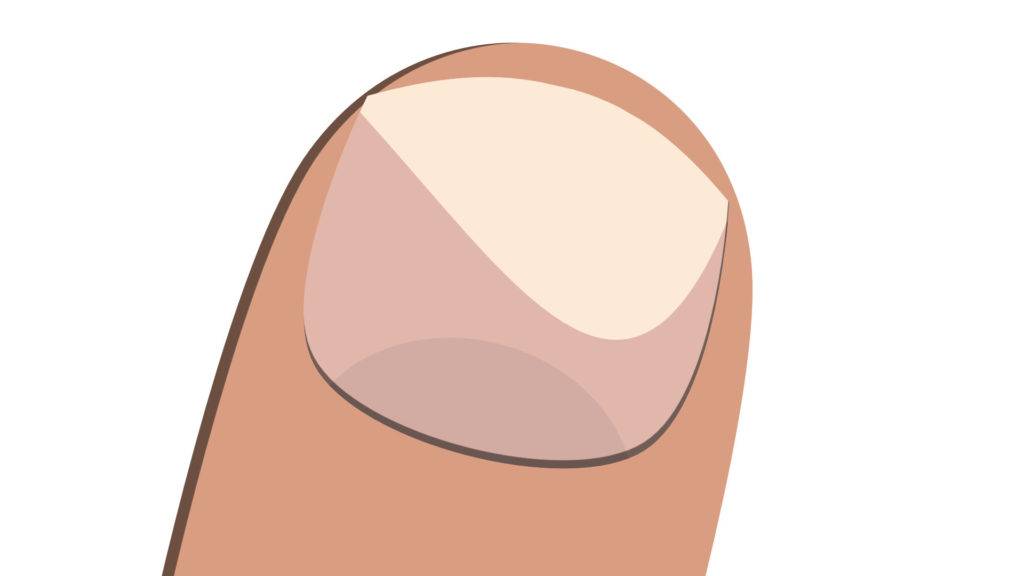
Best Way to Protect Weak Nails
This is a recent issue that I have come across with one of my clients. I suspect she has some underlining health issues which cause her nails to be extremely thin and brittle. The nails are also susceptible to bacteria and are overall very weak. Not having product on her nails is not an option, as her nails break and split when faced with any minor trauma.
Her nails are also prone to lifting off the nail bed. When trimming the lifted pieces, there is only a little bit of nail left which will not work with a tip. We tried sculpting for the first time the other day, and her nails have recovered remarkably. The extensions were durable enough and allowed her nails to grow out and heal.
I would then recommend sculpting when your nails tend to be on the weaker side. From my experience, I have seen this to help by protecting the nail from trauma. For example, when you bump your nail it will break the sculpted tip instead of lifting the product and damaging your natural nail.
When faced with sensitive and damaged nails, sculpting is the best option and it not only gives length but also strengthens the nails. Tips also require excessive filing to blend and shape them and this can cause pain.
The detachment of the nail plate from the nail bed is not always due to onycholysis but can be due to other reasons like psoriasis as well.
How to Deal with Oily Nails
When clients have hormonal imbalances, are going through menopause, are pregnant, or have some other health issue like thyroid and oily nails problems, it can cause the acrylic to lift from the nail plate after just a few days of application. This is not due to you not prepping the nails properly or not applying the product correctly.
Something that has been my saving grace, and has caused my clients (especially those with nail issues) to be able to wear their extensions for weeks on end, is a rubber base gel. I know many other companies have their own versions of this product, but I personally only use the Lastik rubber base coat.
It makes the nail flexible and allows the product to properly adhere to the nail. This gel has an easier time sticking to the nail plate than acrylic, and won’t lift as easily.
Something else that some people do, instead of using a rubber gel base, is to put a thin layer of clear acrylic over the nail before applying the rest of the color and design. The reason behind this is that clear acrylic is a lot harder than most other acrylics. It is a core acrylic and is used for encapsulation. I personally have not tried this method, but I know many nail technicians swear by it.
I use the rubber base gel on every set of nails that I do.
How to Deal with Overly Dry Nails
Sometimes you might be faced whit the issue, where the natural nail starts pulling away from the tip once it starts to grow out. I had this problem with two clients. At first, I had no idea what caused this, so I did what every nail technician Is supposed to do in such a situation, I did research. I contacted other nail technicians, and read up on reasons why this happens.
The conclusion is that some people have very dry natural nails. So when you add a tip to the nail, the nail will slowly start peeling away from the tip, as it curls inward when growing.
There are three possible solutions to this problem:
- Firstly you can sculpt instead of applying tips, as the glue will not be able to withstand the extreme curling of the nail, but an acrylic extension will.
- The other option is to soak every time instead of doing fills, and keeping the nails short so that they don’t have the opportunity to start curling.
- Finally, you can do a natural overlay on your client’s own nails. They will be able to achieve their desired length in time.

How to Keep Your Nails From Getting Damaged
Some people want to have pretty, long-lasting nails but aren’t willing to go the extra mile to protect and take care of their nails. Some people refuse to wear protective gloves when washing dishes, handling harsh chemicals or working in the garden.
You have to understand that, as a nail technician, there is only so much you can do to ensure your clients’ nails last long. The rest is up to them. Therefore, it is very important to educate your clients and yourself on the importance of nail care outside of the salon.
Conclusion
Doing quality nails that last will take time and practice. And once in a while, you might be confronted with a case of nails that you have never dealt with before. It is important to go the extra mile in these situations. Research to determine what could be the cause of lifting, and find a solution to your problem. I can guarantee that your clients will appreciate your effort.
